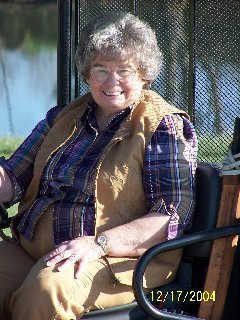At the monthly meeting of the area genealogical society yesterday, not only was it confirmed for us that "cantonment" meant camp as we thought, we also learned to say that middle syllable to sound like "tone."
On January 1, 1800, Cantonment Wilkinson was established on a riverside slope near the Chain of Rocks that caused boats to slow down at that spot on the Ohio River. Unlike Fort Massac or other forts with a barricade to protect the smaller group of men inside, the cantonment was a collection of small log cabins closely built together with each one probably housing six men. Because France was frightening the United States with the possibility of cooperating with Spain in a threatening way that might shut off our access to using the Mississippi River, forces were thought to be needed in this area. The camp existed until late summer 1802 when the threat diminished.
Although the camp housed close to 2000 men and was the largest camp of its time, all above ground traces of the camp were gone. Until 2003, historians were not certain exactly where it stood. At that time, SIUC archeologist Mark Wagner and local residents were able to identify a large farm field on private land where a portion of the camp was located.
During excavations in the summer of 2004, Wagner, his students, and volunteers discovered thousands of fragments of glass, ceramic, and brick along with military buttons and other artifacts. Writer-producer Richard Kuenneke filmed the Summer 2004 excavactions and produced a four part series about the work that aired on WSIU-TV. We were able to see part of this during the program.
With that many soldiers crammed into a small space and sanitary provisions leaving much to be desired, many soldiers died of dysentary and malaria and were buried at the camp. A lovely picture of a farm pond was shown with the explanation that when it was built, human remains indicated that had been part of the burial grounds. Among the many that did not die of illness were six soldiers who became a part of the Lewis and Clark Expedition.
These excavations of Cantonment Wilkinson indicate the importance that men like George Washington and Alexander Hamilton placed on our part of the country at the time when this lower Ohio River Valley was on the fringes of the frontier.
After the camp was abandoned, a group of Cherokee moved into the deserted cabins and stayed there until 1808 I think it was. (Did they come from Tennesee? Why did they come? Why did they leave?) According to Wagner, this was the only established Cherokee camp in our region. Soon the cabins were gone. It is possible that boats on the Ohio River pulled over and helped themselves to the lumber and hauled it on down the river to sell. The pits where refuse was burned were gradually filled in and soil and grass covered them over. The land was farmed and all surface traces of Cantonment Wilkinson ceased to exist. Beneath the earth, however, the story of the camp still existed waiting for discovery.
Yorktown Virginia
-
On Sunday, after our museum day, Wesley and I drove to Yorktown Va. I am
so glad we ventured out looking for a waterfront on this trip. I had to
mercha...
5 years ago












No comments:
Post a Comment